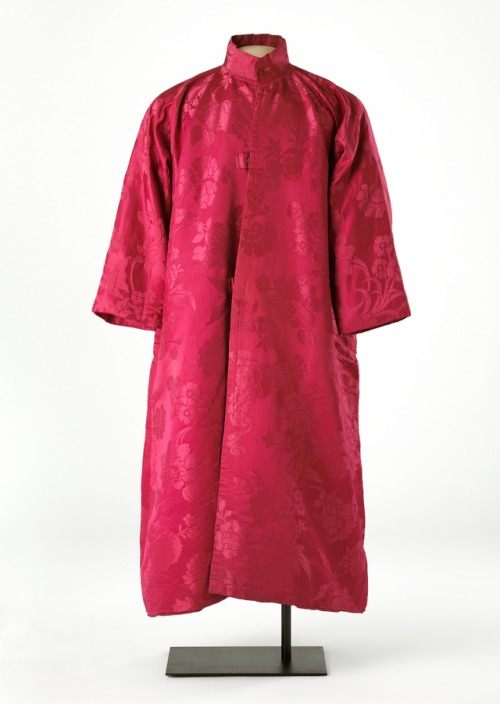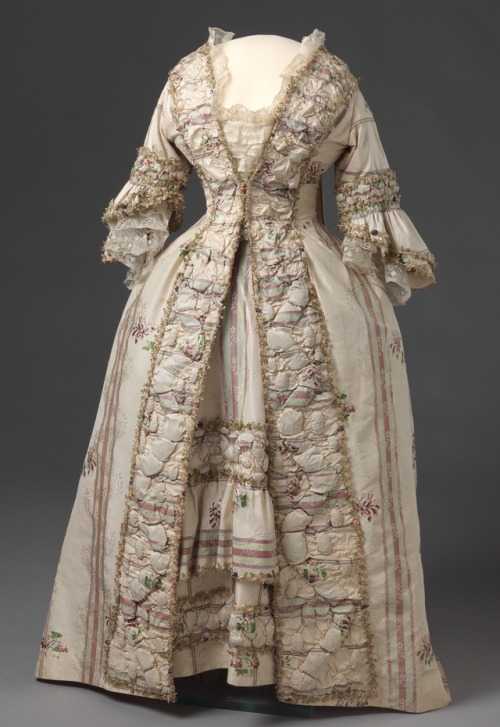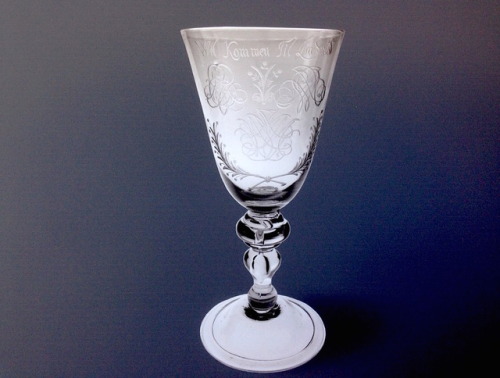#akershusmuseene
Linderud Manor in the outskirts of Oslo
The manor was owned by the same family for some 300 years, and has both an amazing history and amazing items - especially from the 18th century when the prominent couple Mogens Larsen Monsen and Helene Cathrine Büchler inhabited the place. Here’s some favourites!
- Tea set for two, from Royal Copenhagen ca. 1788. A gift to the Monsen couple from the Danish-Norwegian crown prince Frederik.
- Banyan made of Spitalfields silk, 1750-60. Worn by Mogens Larsen Monsen (today in The National Museum).
- Miniature portrait of Mogens Larsen Monsen, ca. 1780.
- Robe a la Francaise, 1770s. Comes from Linderud, was probably worn by Helene Cathrine Büchler (today in The National Museum).
- The reconstructed Baroque hall, 1713-20, at Lindreud.
- The wedding present from husband to wife: a wooden box with two complete jewellery sets (parure), fan, toothpick, a mirror plus silver boxes for hairpins, pomades etc (today in The National Museum).
- Closeup of one of the jewellery sets, 1762
- Salute cannons, 1790s
- A huge class cup with engraving “Welcome to Linderud”, used for toasting ceremonies. Made by Nøstetangen in the 1760s.
Post link









